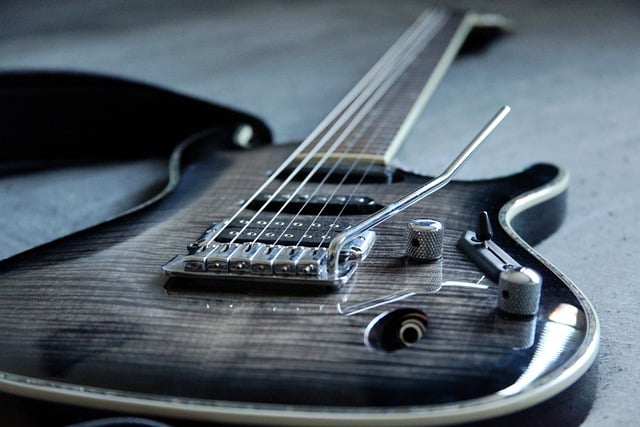First things first, you’ll want to get your hands on a decent guitar. Whether it’s an acoustic or electric model, pick something that feels good to you. There’s something magical about having the right instrument in your hands; it inspires creativity and makes you want to play. Once you’ve got that sorted, it’s time to dive into the basics. Start with learning the fundamental chords—think of them as the building blocks of all music. If you can master just a few major and minor chords, you will already be on your way to playing countless songs.
Next up, incorporate short, structured practice sessions into your daily routine. Just like training for a marathon, consistency is key. Even 15-20 minutes can do wonders. Practice switching between chords smoothly, and you’ll soon see your fingers moving like they’re dancing across the fretboard. Why not challenge yourself to learn a new chord every day? It’s like adding new colors to your artistic palette.

Also, don’t forget about strumming patterns. They’re the heartbeat of a song! Try exploring different rhythms and techniques to make your playing lively. Use online resources or apps for guidance—think of them as your digital cheerleaders, constantly encouraging you to keep going.
So, are you ready to turn that guitar in the corner into a music-making machine? Let the strings sing, and watch as your confidence soars!
Basic Chords to Master
Think of basic chords like the bread and butter of guitar playing. They’re the essential flavors that give your music its zest. The most common ones you’ll want to get cozy with are C, G, D, A, and E. These chords are the building blocks for a million songs! Seriously, once you’ve got these in your toolkit, you can tackle rock, pop, country—you name it.
Let’s break it down. The C major chord is bright and cheerful, perfect for those feel-good tunes. The G major chord, on the other hand, has that rich, full-bodied sound, like a fine wine. The D major adds a touch of sparkle, making your music feel alive and energetic. A and E chords give you that solid backbone, much like a sturdy pair of jeans that never goes out of style.
Now, here’s the kicker: mastering these chords doesn’t mean you need to be a virtuoso overnight. Start slow, strum gently, and let your fingers get used to the transitions. Think of it like learning to ride a bike—you’ll wobble at first, but soon you’ll be cruising down the street with the wind in your hair!
And hey, don’t forget to practice regularly. Even five minutes a day can make a massive difference. So grab your guitar, keep those fingers nimble, and watch how these basic chords transform into the melodies that will make your friends ask for more!
Easy Songs for Practice
Think about your favorite catchy tunes. Those sing-alongs on the radio? They probably have straightforward melodies and easy chord progressions. Songs like “Twinkle Twinkle Little Star” or “Lean on Me” are not just nursery rhymes; they’re gateway songs that open the door to more complex music down the road. They offer the perfect blend of challenge and fun, which keeps your practice sessions engaging.
When you’re practicing, it’s all about building confidence. Easy songs allow you to focus on your technique without feeling overwhelmed. Did you ever try playing something too difficult? Talk about discouraging! But with these simpler pieces, you’re more likely to see progress and actually enjoy the process. Think of it as climbing a hill: you start with a gentle slope before tackling the steep peaks.
























Add comment